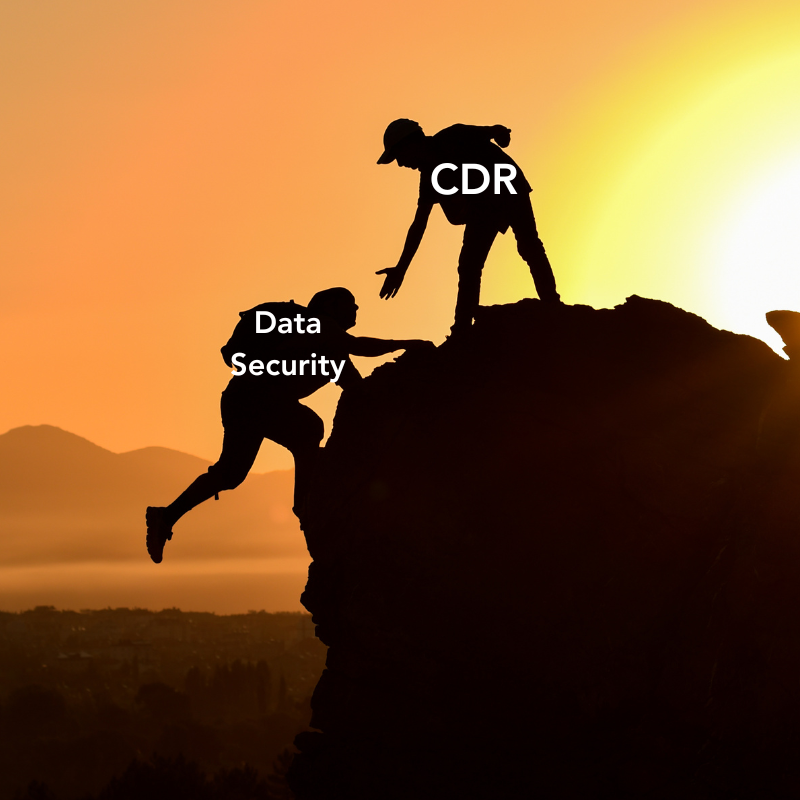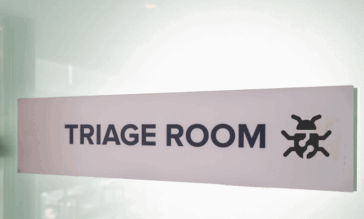Understanding Content Disarm & Reconstruction (CDR): The Backbone of Zero Trust Data Security

Files are integral to business operations, essential for secure content collaboration, and crucial for engaging with external entities like vendors, contractors, and customers in the form of safe web uploads and browser downloads. This includes a range of documents, from shared project files to invoices.
However, digital files, especially those originating from outside the organization, can pose significant security risks, harboring hidden malware threats. All it takes is opening the file to execute the trap and start a chain of malware infections that may include ransomware, rootkits, and spyware that can quickly propagate throughout the organization and even back to customers – risking the distribution of sensitive information like personal identifiable information (PII), protected health information (PHI), and payment card industry (PCI) information.
However, there is a solution to stopping these hidden threats. Here, we’ll explore how organizations can stop unknown malware from crossing boundaries within the organization thanks to CDR.
What is CDR?
CDR is short for Content Disarm and Reconstruction, a security technology that neutralizes threats in files by removing potentially harmful elements through a process of file sanitization. Unlike traditional methods that detect and block threats outright – causing loss of productivity, CDR sanitizes the files and ensures they are safe to use. While antivirus (AV) only targets known threats, leveraging a CDR approach to file security is effective against unknown threats or zero-day attacks that can infect an organization long before it’s ever recognized by AV, Endpoint Detection and Response (EDR), Data Loss Prevention (DLP), and other reactive solutions.
However, not all CDR is built equal. For instance, part of what makes Votiro’s CDR (also known as Positive Selection®) different is that it maintains full file functionality, such as necessary macros, while ensuring they’re safe to use, rather than simply blocking or quarantining the data.
How Does CDR Work?
CDR technology is a change from detection-based threat prevention as it does not rely on knowing a threat exists to remove it. Instead, it starts by breaking files into their core components in a process called file decomposition. Once broken down, CDR can then analyze each piece for known safe components rather than threats. This is how it avoids having to know what a threat is to eliminate it.
Detecting only known-safe components is complicated as files are not only composed of static pieces such as text. In many cases, they also include macros, which are pieces of code that help automate tasks and are crucial to the file being functional. Unfortunately, these macros can also be subverted to execute malicious commands, making them challenging to handle. Less advanced versions of CDR will categorize macros as unsafe and remove them, leaving files without core functionality. Only advanced solutions are able to properly analyze macros as well, removing those with dangerous actions while preserving those that are safe.
Once all safe components have been determined, CDR begins the file reconstruction process. Files are rebuilt from only the safe pieces, maintaining all safe functionality and content, while threats drop off with the pieces that are not guaranteed to be threat-free.
A good test of maturity is the level of file fidelity returned by a file, judging the level of functionality, formatting, and content preserved. The most mature versions will return indistinguishable files from the originals, while the least mature solutions will return a file with limited functionality and formatting.
What are the Challenges of Content Disarm & Reconstruction?
Operational challenges. The need to sanitize all files implies that a solution can only directly address threats it encounters. To mitigate this, systems must be integrated into data flows, which is typically achieved through API connections. This integration ensures all traffic, including emails and collaboration tool data, passes through the CDR for sanitization.
By embedding a CDR solution seamlessly into the workflow, users experience no additional steps, allowing the sanitization process to occur transparently.
Difficulties with complex file types. Some files, particularly those with intricate structures or proprietary formats, may not be known by all solutions, making them impossible to deconstruct and reconstruct.
The most mature solutions have a wide variety of file types they understand, helping prevent potential gaps in threat neutralization. For instance, Votiro supports over 200 file types.
Speed and efficiency pose a challenge. Processes must be swift enough to support real-time or near-real-time operations, minimizing the impact on user experience. Sometimes, traditional AV solutions are quicker at detecting malware and addressing known malicious code, which can complement CDR by reducing its load.
Leveraging a combination of CDR and AV handles known and unknown malicious content while reducing processing time, ensuring a better user experience.
Tracking product effectiveness can be tricky. Since most CDRs don’t detect threats in a conventional sense, assessing CDR’s impact can be challenging without clear metrics or evidence of eliminated threats.
Advanced solutions integrate post-process AV scans on the original files periodically to address this challenge. Votiro calls this RetroScan. These types of processes help demonstrate the threats that CDR has neutralized, providing a clearer picture of its effectiveness. Advanced solutions, like Votiro, provide in-depth threat analytics to showcase which types of threats were prevented, common sources and file types, users most targeted, and additional insights to better prepare IT teams for future attack methodologies.
Reduced Noise in the SOC. As a result of CDR’s effectiveness in preventing hidden threats, SOC teams can expect a reduction in false positives, as well as the endless alerts that come along with them. While solutions such as EDR raise flags that must be dealt with manually, CDR does not. Instead, CDR removes threats before they ever reach endpoints, increasing the overall efficiency of SOC teams.
How Votiro Uses CDR to Deliver a Complete Security Solution
Votiro’s Data Detection and Response (DDR) platform utilizes a combination of various technologies like CDR and AV to deliver a robust defense against malware hidden in files. This allows Votiro to not only prevent malware threats, but also protect private data with real-time data masking.
Fusing DDR, AV, CDR, and retrospective analysis, Votiro is able to deliver a multilayered defense strategy that offers strong protection against both conspicuous and covert cyber threats, significantly bolstering defenses against malicious files and privacy exposures.
Votiro focuses on enhancing, not replacing, existing security infrastructure with an API-driven design for seamless integration. This method ensures immediate defense against hidden malware in existing business systems, facilitating uninterrupted operation of critical technologies within organizations.
Discover how Votiro can protect your files while maintaining the highest fidelity. And if you’re ready to try Votiro, you can start today with a free 30-day trial.
FAQ
Is Content Disarm and Reconstruction suitable for all types of businesses?
- Yes, it is adaptable and beneficial for businesses of any size and sector that handle digital files.
How does CDR integrate with existing security systems?
- CDR can typically be integrated via APIs, complementing existing security systems without disruption.
Can CDR replace traditional antivirus solutions?
- CDR is not a replacement but a complement to antivirus solutions, addressing threats that traditional AV might miss.
What’s the impact of CDR on workflow efficiency?
- CDR aims to be seamless, sanitizing files without adding extra steps, thus minimizing impact on workflow efficiency.
How often do CDR systems need updating?
- Systems require regular updates to address evolving file formats and emerging threats, optimal solutions update seamlessly on the backend without any need for administrative effort.
News you can use
Stay up-to-date on the latest industry news and get all the insights you need to navigate the cybersecurity world like a pro. It's as easy as using that form to the right. No catch. Just click, fill, subscribe, and sit back as the information comes to you.
Sign-up Here!
Subscribe to our newsletter for real-time insights about the cybersecurity industry.



